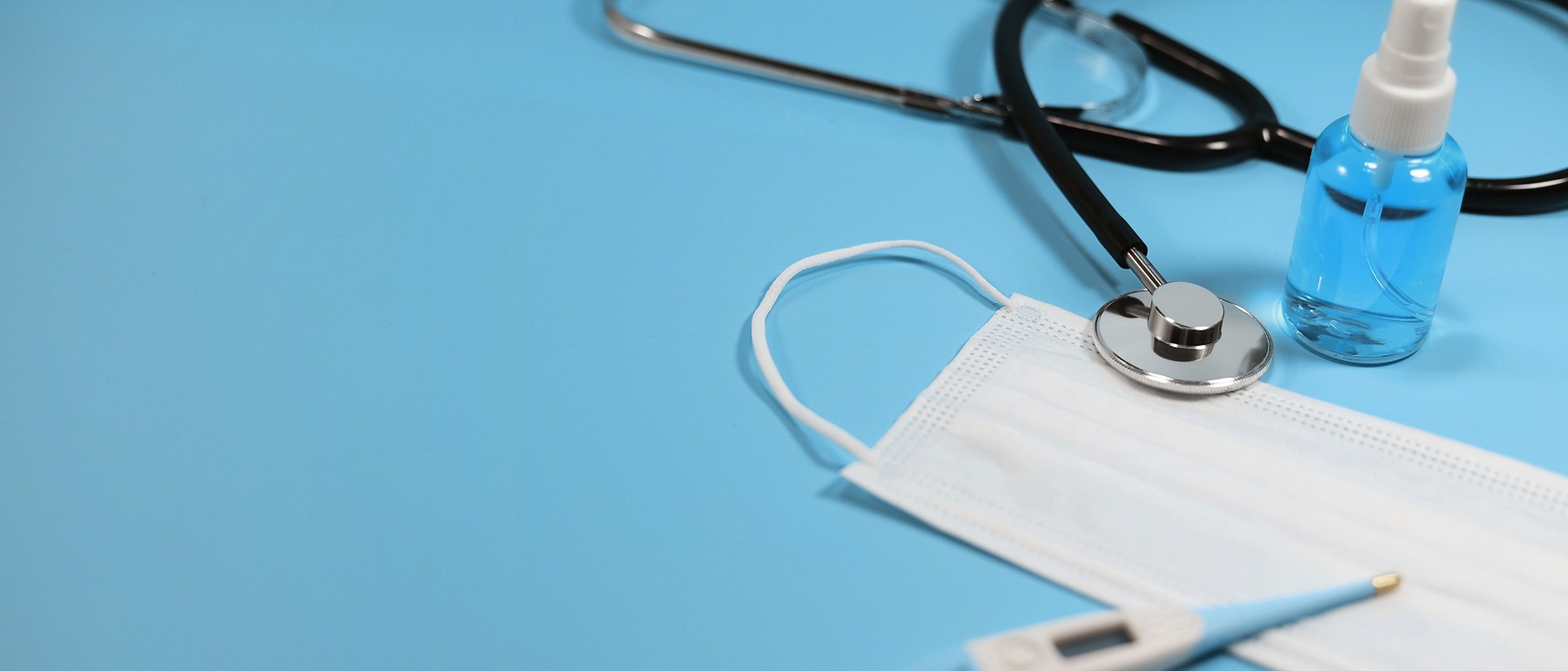| Product Name |
80 min Electrophoresis, Transfer and Western Blot Kit |
| Catalog No. |
WBDK-YJL-0002 |
| Description |
Usually, electrophoresis takes only 25 minutes, transfer takes only 10 minutes, and it takes only 30 minutes from the transferred membrane to the target protein band. The total time is usually no more than 80 minutes to achieve ultra-fast electrophoresis transfer and Western detection from protein samples to target bands. |
| Detection Method |
Chemiluminescence |
| Storage |
Store the precast gel at 4ºC for up to one year, do not freeze below 0ºC. All the rest can be stored at -20ºC for up to one year. The entire kit is stable for at least 3 months when stored at 4ºC, or 3 days at room temperature. |
| Intended Use |
For research use only. |
| Results |
Clear bands, low background, high sensitivity |
| Background |
Western, also known as western blot, western blotting, often abbreviated as WB, is one of the important methods for detecting protein levels using antibodies. |
| Packing List |
PAGE precast gel, PVDF membrane, sponge pads (filter paper free), SDS-PAGE protein sample loading buffer, 5X, Odorless, SDS-PAGE electrophoresis buffer (Tris-Gly, 20X), transfer buffer (10X), blocking buffer, antibody dilution buffer, western wash buffer, chemiluminescent substrate A solution, chemiluminescent substrate B solution |
| Features |
This kit is easy to use and can significantly shorten the time for electrophoresis, transfer, blocking, primary and secondary antibody incubation, etc. The kit contains most of the solutions and consumables required from protein samples to chemiluminescence. Users only need to prepare primary antibodies, secondary antibodies, water, anhydrous ethanol, and electrophoresis, transfer and imaging equipment. It usually takes only 80 minutes from protein samples to obtaining the target bands, which can greatly speed up the detection of electrophoresis, transfer and Western. |
| Application |
Western blotting for fast protein detection, greatly reducing electrophoresis and transfer time |
| Required Materials And Equipment (Not Included) |
Primary antibody, secondary antibody, water, anhydrous ethanol, and conventional equipment such as electrophoresis, transfer and imaging |
| Quick Protocol |
1. Protein Sample Preparation
Lysis: Use appropriate lysis buffer for cells or tissues. Add protease/phosphatase inhibitors if needed.
Quantification (Optional): Use BCA or bradford assay to determine protein concentration.
Denaturation: Mix 4 μl sample with 1 μl 5× loading buffer, heat at 95°C for 5 min.
2. SDS-PAGE Electrophoresis
Running Buffer: Dilute 20× buffer to 1× with water.
Gel Setup: Remove seal, place the gel in tank, add buffer.
Loading: Load 5–20 μl per well (max 30 μl). Avoid damaging wells.
Running: Run at 180V for ~25 min, stop when dye reaches gel bottom.
3. Membrane Transfer
Transfer Buffer: Mix 100 ml 10× buffer + 200 ml ethanol + water to 1 L.
PVDF Activation: Wet membrane in ethanol or activation buffer.
Assembly: Sponge–gel–membrane–sponge sandwich. Remove bubbles.
Transfer: 500 mA, 10 min at room temperature.
4. blocking
Blocking: Incubate membrane in 5 ml blocking Buffer, shake gently at room temp for 5 min.
5. Primary Antibody Incubation
Dilution: Dilute antibody in antibody diluent.
Incubation: Add 5 ml solution, shake at room temp for 15 min.
Wash: Wash 3× with 10 ml wash buffer, 30 sec each.
6. Secondary Antibody Incubation
Dilution: Typically 1:500.
Incubation: Shake for 5 min at room temp.
Wash: Wash 3× with 10 ml wash buffer, 30 sec each.
7. Detection
ECL Solution: Mix 0.5 ml A + 0.5 ml B reagents.
Incubation: Apply 1 ml ECL mix to membrane, wait 30 sec.
Imaging: Remove excess liquid, wrap in cling film, image immediately.
8. (Optional) Antibody Stripping & Housekeeping Protein Detection
Use stripping buffer to remove antibodies.
Detect housekeeping proteins with fast detection kits in 10 min. |
| Recommended Using Conditions |
Denature the protein sample for 3-5 minutes, electrophoresis for 25 minutes, set up the transfer sandwich for 3-5 minutes, transfer to the membrane for 10 minutes, block for 5 minutes, incubate with primary antibody for 15 minutes, wash 3 times for 30 seconds, incubate with secondary antibody for 5 minutes, wash 3 times for 30 seconds, incubate with the reagent for 30 seconds, and imaging is usually within 0.5 minutes. |
| Hazard Statements |
Chemiluminescent substrate reagents A and B are harmful to the human body and require protection during operation. |
| Total Time of Experiment |
About 80 minutes (from transfer to obtaining the target protein band) |
| Compatible Temperature Conditions |
Primary/secondary antibodies can be incubated at 4ºC: primary antibody 15–30 minutes, secondary antibody 5–10 minutes. |
| Blocking Solution Action Time |
5 minutes |
| Blocking Solution Features |
The overall effect is significantly better than traditional blocking solutions based on BSA (bovine serum albumin), skimmed milk powder, casein, etc. |
| Antibody Diluent Features |
Suitable for both primary and secondary antibodies, can be reused at least 2 times, and can be stored at 4ºC for ≥1 month |
| Washing Solution Application |
Used for washing after incubation of primary or secondary antibodies at Western time |
| Washing Solution Action Time |
Wash for 1 minute each time to effectively reduce background and improve signal-to-noise ratio |
| Developer Features |
High sensitivity, low background, long-term luminescence |
| Recommended Supporting Consumables |
Western membrane washing box: 9.0×6.0×3.3 cm; 5 grids, 14.5×9.8×3.5 cm |
| Blotting Membrane Sizes and Recommended Usage Times |
6.6×8.5 cm blotting membrane: 6 times or 30 times
2×8.5 cm blotting membrane: 15 times or 75 times |
| Note |
For your safety and health, please wear a lab coat and disposable gloves during the operation. |



